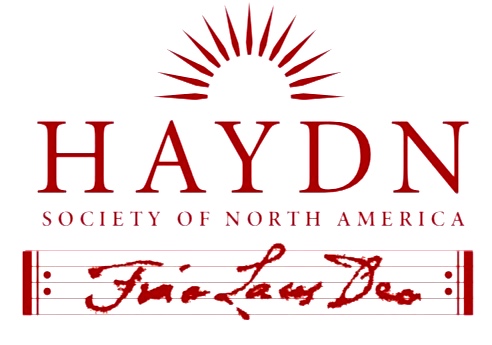
Document Type
Article
Abstract
Both James Hepokoski and Warren Darcy’s Sonata Theory and William Caplin’s theory of formal functions give prominent place to sonata expositions that lack, in any traditional sense, an obvious subordinate theme—Hepokoski and Darcy through their category of the “continuous exposition” and Caplin through his notion of “transition/subordinate theme fusion.” Such expositions are a prominent feature of Haydn’s compositional practice, and have long been discussed by specialists writing on his music. In particular, in his 1963 essay “Sonataform-Probleme,” Jens Peter Larsen held up Haydn’s “three-part expositions” as an alternative to the standard, A. B. Marx-derived “two-part” model. Following Michelle Fillion’s, Alexander Ludwig’s, and Jan Miyake’s leads, my paper revisits Larsen’s original formulation in an attempt to illuminate its relationship to Caplin’s and Hepokoski and Darcy’s conceptions. The analytical examples are drawn from Haydn’s Piano Sonata in C minor, Hob. XVI:20 and his String Quartets, Op. 33 no. 1 and Op. 74 no. 3.
Recommended Citation
Martin, Nathan John
(2014)
"Larsen's Legacy: The Three-Part Exposition and the New Formenlehre,"
HAYDN: Online Journal of the Haydn Society of North America: Vol. 4, Article 2.
Available at:
https://remix.berklee.edu/haydn-journal/vol4/iss2/2
© Haydn Society of North America ; Boston: Berklee Library, 2014. Duplication without the express permission of the author and/or the Haydn Society of North America is prohibited.


